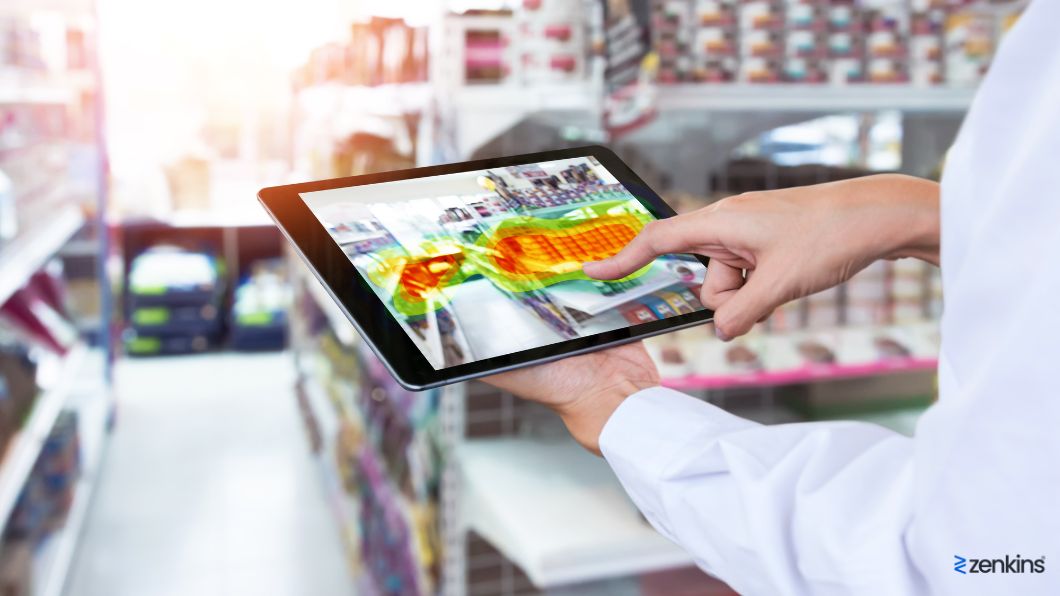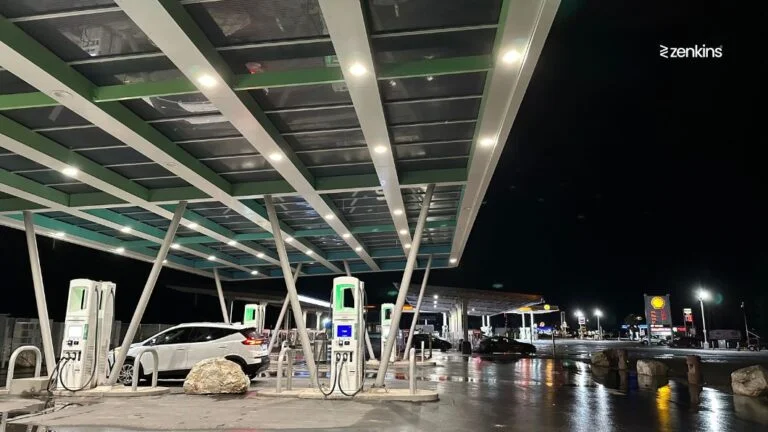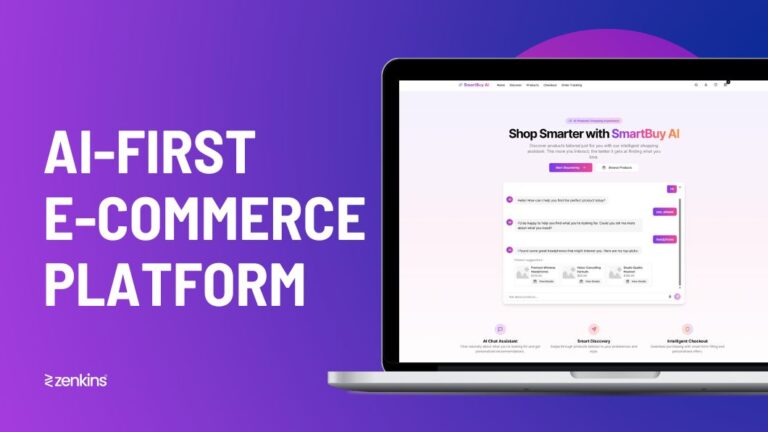Retail Analytics Software: A Case Study
Table of Contents
Retail analytics has emerged as a powerful tool for retailers to gain valuable insights into their operations and customer behaviors. In today’s highly competitive retail landscape, understanding and harnessing data-driven insights have become imperative for success.
Introduction: Overview of retail analytics and its significance in the retail industry
Understanding Retail Analytics
Retail analytics is like having a superpower in the retail industry. It allows retailers to analyze vast amounts of data to gain insights into customer behavior, improve operational efficiency, and make smarter business decisions. It’s like having a crystal ball that tells you what your customers want and when they want it.
The Importance of Retail Analytics in Today’s Competitive Landscape
In today’s cutthroat retail landscape, understanding your customers is more critical than ever. Retail analytics provides retailers with the tools they need to stay ahead of the competition. By analyzing sales data, customer preferences, and market trends, retailers can identify opportunities to increase revenue, optimize inventory, and create personalized shopping experiences. In short, retail analytics can be the difference between thriving and barely surviving.
About the Client
Our client, a retail chain, aimed to gain deeper insights into customer behavior, sales trends, and inventory performance. Recognizing the need for a comprehensive solution, they sought a Retail Analytics Software (RAS) based on .NET. The primary goal was to develop an advanced RAS that integrates with point-of-sale systems, analyzes sales data, and provides visual dashboards for real-time insights into customer preferences and business performance.
Project Overview
The project aimed to develop a robust .NET-based Retail Analytics Software to address the client’s challenges. The primary objectives included providing tools for analyzing sales data, integrating with point-of-sale systems, and delivering visual dashboards for real-time insights.
The Challenges
- Limited Customer Insights: Lack of in-depth insights into customer behavior and preferences.
- Sales Trends Analysis: Difficulty in analyzing and understanding sales trends across various product categories.
- Inventory Performance Monitoring: Inefficiencies in monitoring and optimizing inventory performance.
The Solution
Our team of experienced developers and project managers collaborated to design and implement a comprehensive .NET-based Retail Analytics Software. The solution included features for analyzing sales data, integrating with point-of-sale systems, and delivering visual dashboards for real-time insights into customer preferences and business performance.
Key Features of the RAS
- Point-of-Sale Integration: Seamless integration with point-of-sale systems for accurate and real-time data.
- Sales Data Analysis: Advanced tools for in-depth analysis of sales trends and customer purchasing behavior.
- Visual Dashboards: Customizable visual dashboards providing real-time insights into business performance.
- Inventory Performance Monitoring: Features for monitoring and optimizing inventory based on sales trends.
Technologies Utilized
Development Stack: .NET, ASP.NET MVC
Database: SQL Server
Integration: Web API, REST APIs
Visualization Tools: Custom visualizations for intuitive dashboards.
The Outcome
The Retail Analytics Software was successfully deployed, resulting in significant improvements in customer insights, sales trend analysis, and inventory performance monitoring. The seamless integration with point-of-sale systems, advanced sales data analysis tools, visual dashboards, and inventory monitoring features contributed to a more informed and agile retail business.
Conclusion
Our team’s expertise in developing a tailored Retail Analytics Software using .NET technologies effectively addressed the client’s challenges. The implementation of point-of-sale integration, sales data analysis tools, visual dashboards, and inventory monitoring contributed to a successful transformation of the retail chain’s data analytics capabilities.
By effectively implementing and utilizing retail analytics software, organizations can unlock a wealth of data-driven insights that drive strategic decision-making, optimize operations, and enhance the overall customer experience. The positive outcomes and benefits showcased in this case study serve as a compelling reminder of the transformative impact of retail analytics. As the retail landscape continues to evolve, embracing retail analytics software will undoubtedly be a key differentiator for organizations seeking to stay competitive and thrive in an increasingly data-driven world.
FAQ
1. What is retail analytics software and why is it important?
Retail analytics software is a technological solution that enables retailers to collect, analyze, and interpret data related to their operations, customers, and sales. It plays a crucial role in the retail industry by providing valuable insights into consumer behavior, inventory management, demand forecasting, and overall business performance. By harnessing the power of data-driven insights, retail analytics software helps retailers make informed decisions, optimize operations, and drive business growth.
2. How does retail analytics software benefit retail organizations?
Retail analytics software offers a wide range of benefits for retail organizations. It can help improve sales and revenue by identifying trends, patterns, and opportunities for growth. It enhances operational efficiency by optimizing inventory management, supply chain processes, and staffing. Retail analytics software also enables retailers to understand and segment their customer base, enabling personalized marketing campaigns, improving customer experience, and increasing customer satisfaction.
3. What factors should be considered when selecting and implementing retail analytics software?
When selecting and implementing retail analytics software, several factors should be considered. These include the specific needs and goals of the retail organization, the scalability and flexibility of the software, ease of integration with existing systems, data security and privacy measures, user-friendliness, and the availability of customer support and training. Additionally, considering the cost-effectiveness and return on investment of the software is crucial in making the right choice for the retail organization.
4. How can retail organizations leverage actionable insights from retail analytics software?
Retail organizations can leverage actionable insights from retail analytics software by translating data into actionable strategies and decisions. By analyzing customer behavior, purchase patterns, and market trends, retailers can identify opportunities for targeted marketing campaigns, optimize pricing strategies, improve product assortment, and enhance the overall customer experience. It is essential for organizations to have a clear plan in place to effectively utilize the insights gained from retail analytics software and align them with their business objectives for maximum impact.




